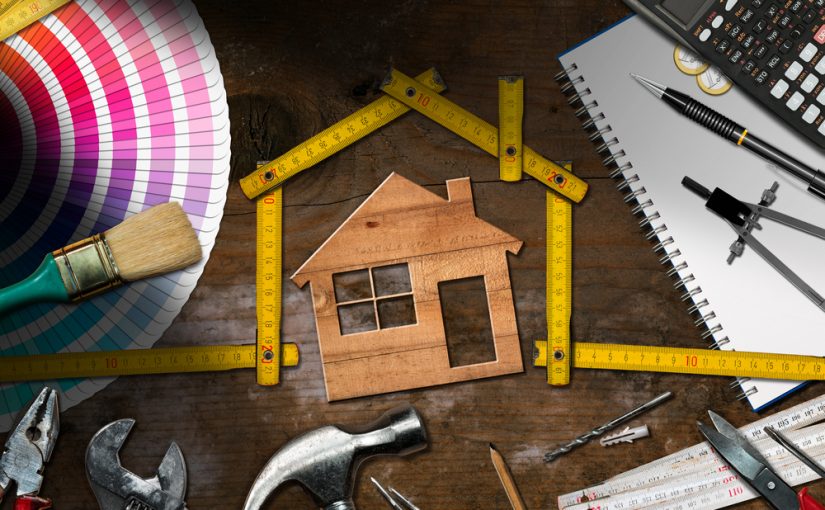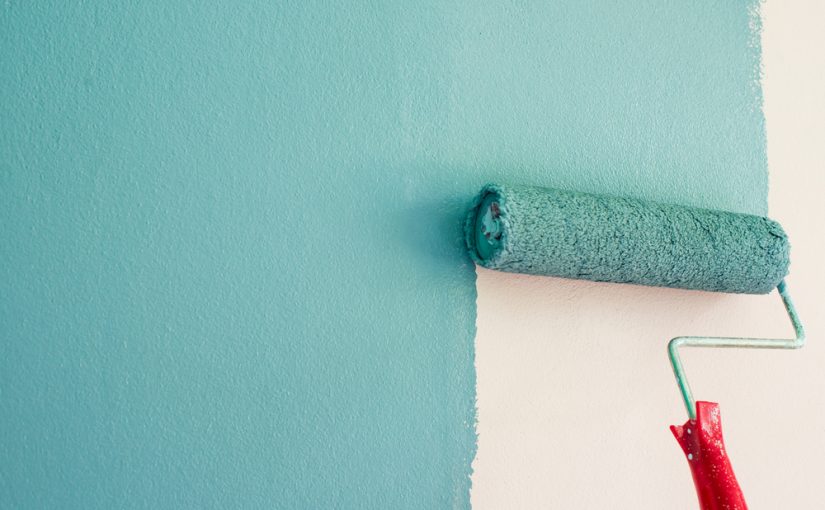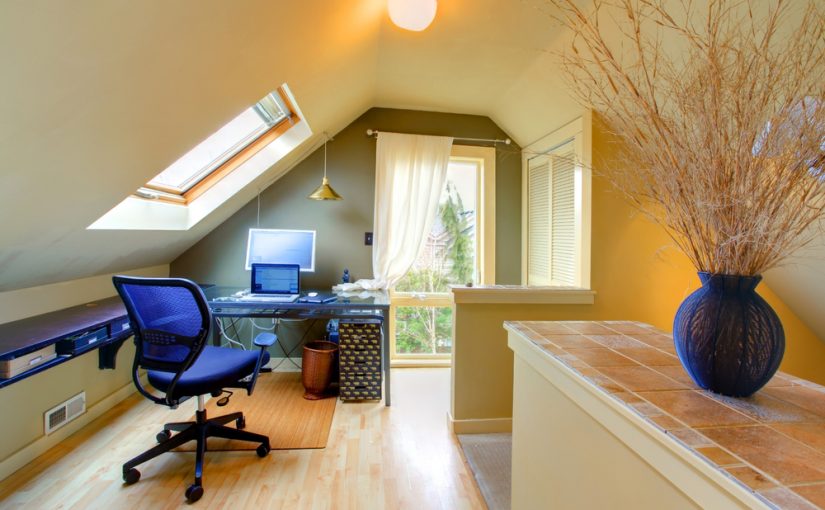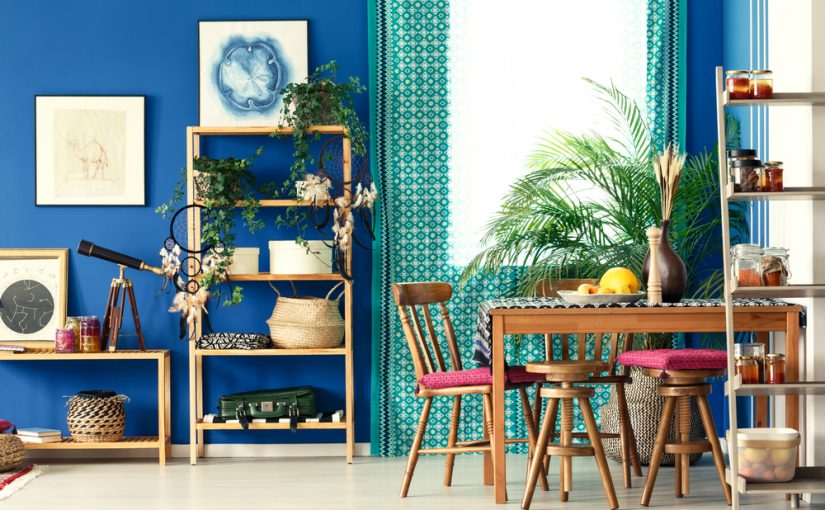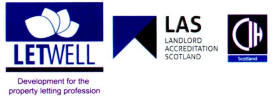As we head towards the Winter months, now is the optimum time for landlords to prepare for the potential issues that may arise from the harsher weather. Spending a little time and effort now may well save money further down the line in the event of an accident or repair cost. Here’s our list of essential landlord checks:
Boiler Service
The number one priority for every landlord should be checking that the boiler in your property (or properties) is in good condition, as repair costs can be extremely expensive. Book a boiler service to ensure that everything is working correctly and safely as boilers can break down with the surge in gas consumption that comes in the colder months.
Protect the Pipes
Adding lagging to your pipes (specially designed pipe insulation) is an inexpensive measure which will give you peace of mind knowing that your piping will not burst due to freezing and splitting. Focus on pipes in external areas and lofts which may be subject to the most extreme temperatures and you should avoid any problems as the cold sets in.
Smoke and CO Alarms
In line with regulations interlinked smoke alarms must be installed in each hall on each floor including every reception room and a heat detector in the kitchen – now is the perfect time to double-check these are in good working order and that your tenants are safe in your property. If your rental property has a fireplace (or solid fuel appliance) or central heating system then an additional carbon monoxide alarm must be fitted within one meter of the appliance in the same room, as the chances of these items being used increase astronomically in winter.
Open Dialogue
One of the key pieces of advice that we can give to protect your property through the winter is to create healthy dialogue with your tenants. As they are living in the property day-to-day, they will be able to tell you about any smaller issues so that you know how to avoid any larger issues. Make sure your tenants know where the stopcock is in the property, where the fuse board is located and who to call in case of an emergency. This could be invaluable in saving you time and money.
Protect the Roof
Chipped, cracked or dislodged tiles on your roof could lead to significant water damage and in cold temperatures this can lead to structural issues with water freezing and expanding. Double-check that your roof is in tip-top condition, and whilst you’re at it take the time to clear out your gutters to avoid blockages when the inevitable rain falls.

